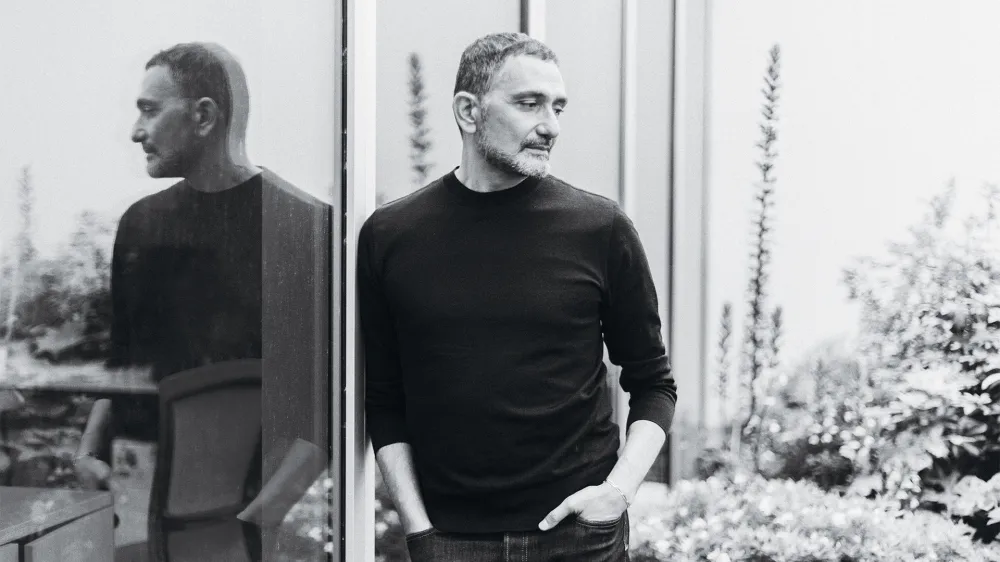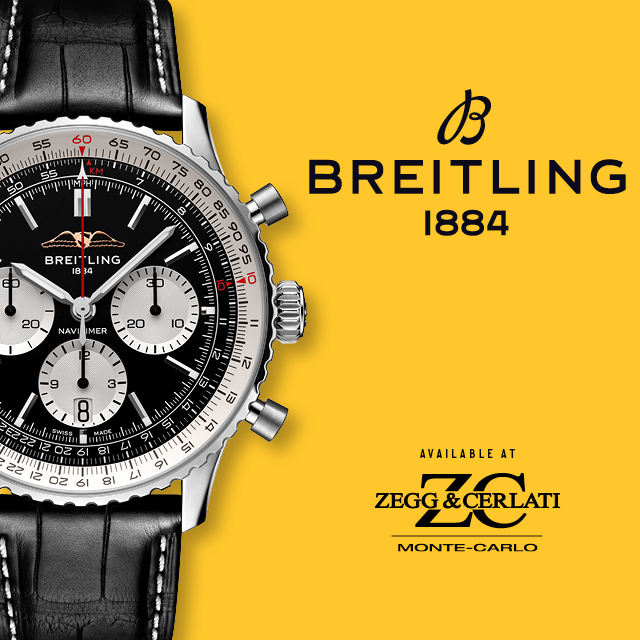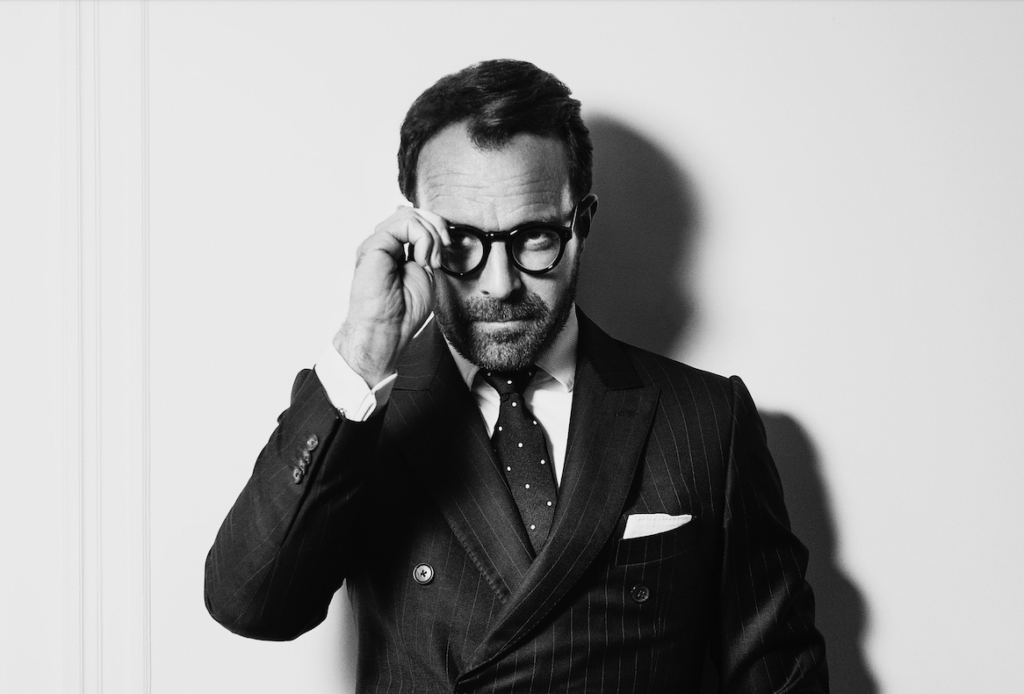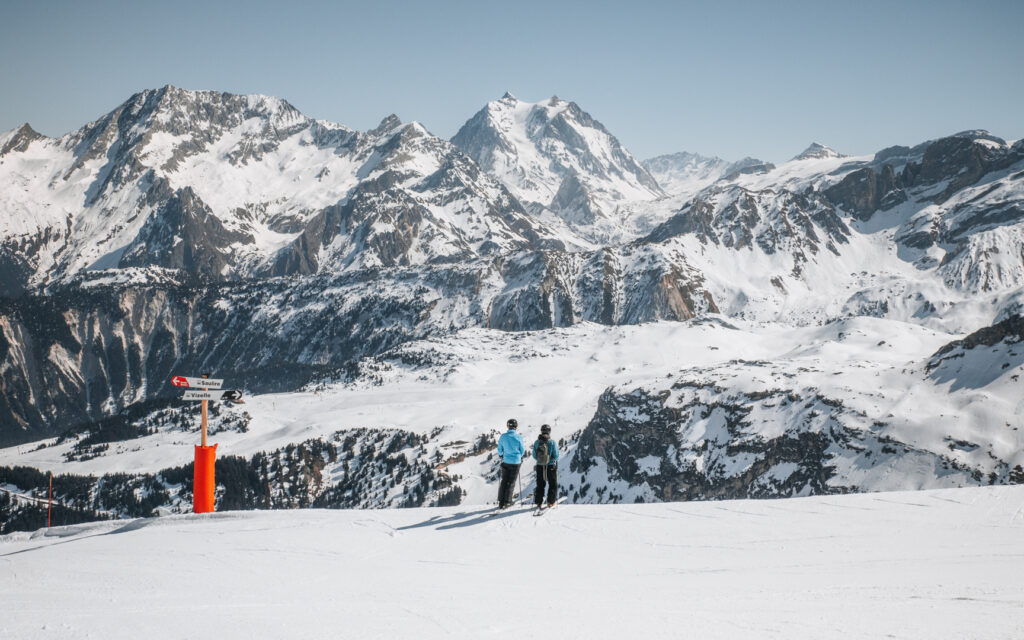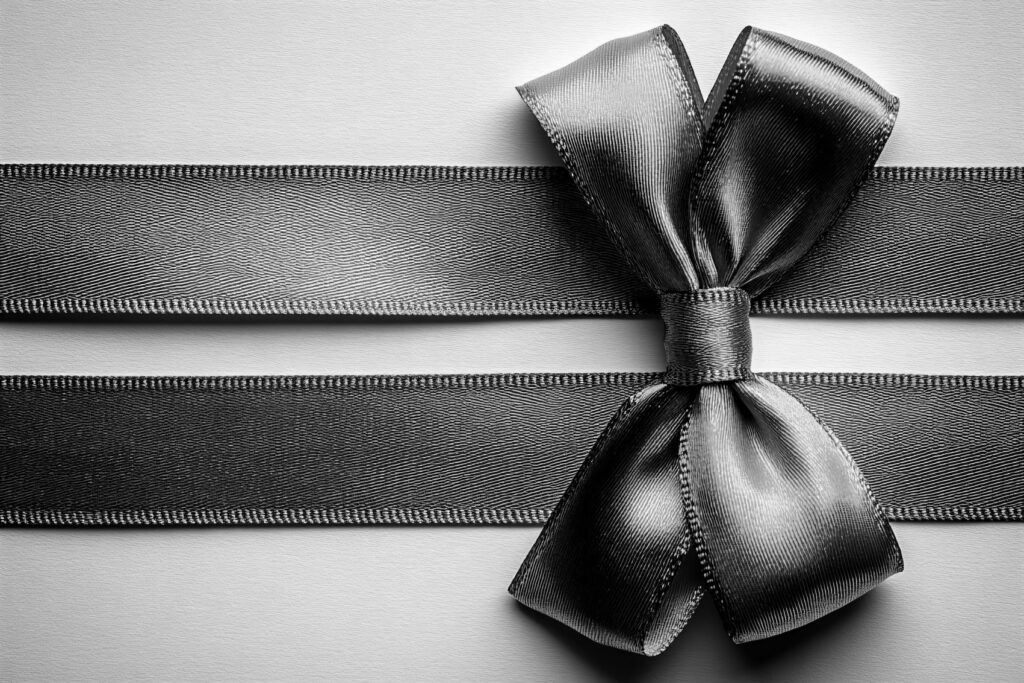The vaunted French nose has spent 30 years devising best-selling fragrances for the world’s leading luxury brands. Can he work his magic reimagining the world’s best-selling fragrance, Dior Sauvage?
The perfumer dips a tester into one of the tiny glass vials aligned on the desk in front of him. There are dozens of them, with labels identifying various dilutions of compounds such as methyl geranate, phenyl acetate, and akigalawood. He brings the paper to his nose and inhales. “Once in a while, I try to introduce my palette to new ingredients, to see if they’re interesting enough to create something with,” Francis Kurkdjian says. “Most of the time, they’re not.” With that, he tosses the strip into the trash.
To be a perfumer is to be a lifelong learner. Science advances, ingredients run out, regulations governing what you can use (or can’t) change. But Kurkdjian’s high standards and boundless curiosity have helped the 55-year-old become one of the industry’s best-known and most prolific noses, as those in the profession are often called. Since 2021, he has been Dior’s perfume creation director; before that, he cofounded his own house, Maison Francis Kurkdjian, and spent more than 25 years helping other companies articulate their olfactive identities. His hundreds of commissions—Jean-Paul Gaultier’s Le Male, Kenzo World, and Carven Pour Homme among them—have generated many millions of dollars for luxury’s leading lifestyle companies. Along the way, his increasing renown has helped bring perfumers from behind the scenes and into the spotlight.
“It’s a profitable business when you make a name for yourself, without a doubt,” says Robert Burke, CEO of luxury consultancy Taylor/Burke Communications. “In the past, brands oftentimes didn’t talk about who their perfumer was—it used to be a little more like a private label. Now, it’s a selling point.” And selling is the operative word. According to Statista, a sort of Google for market researchers, the global fragrance market will reach nearly $60 billion in revenue in 2024. Last year, LVMH reported that its perfumes and cosmetics division, of which Dior is the biggest player, moved over $8.2 billion worth of products.

In September, Kurkdjian will unveil his most significant project to date, and his first men’s fragrance for Dior: Sauvage Eau Forte. It’s a follow-up to Sauvage, a sensual and uncommonly long-lasting men’s eau de toilette designed in 2015 by Kurkdjian’s predecessor, François Demachy. And the stakes for this new flanker (the industry term for an iteration of a flagship scent) couldn’t be higher. Since 2022, the original Sauvage has been the world’s best-selling fragrance, men’s or women’s, surpassing even longtime champ Chanel No. 5. It’s estimated a bottle of Sauvage is sold every three seconds.
Still, selecting a fragrance is a deeply personal, even emotional, decision. Kurkdjian’s challenge was to make a big tent even bigger by offering a new—but not radically different—vision of something millions of men around the world already wear.
He started the project—where else?—at a desk covered in vials. Though a team of two associate perfumers works just down the hall from his office in Paris, one gets the sense that Kurkdjian prefers solitude. When I later ask one of his friends if Kurkdjian is shy or just French, they respond, “He’s shy. And French. Double whammy.”
But one-on-one, Kurkdjian is supremely self-assured, armed with the type of confidence you expect to see in a surgeon or first responder. “I don’t feel the pressure, to be honest, because I decided not to feel the pressure,” he says, in reference to the various demands of his role, including devising bestsellers, overseeing the other perfumers, managing Dior’s relationship with its flower growers in Grasse (the raw-materials capital of the French fragrance industry), and even training store associates how to express his ideas. “It’s not a job you can handle if you’re afraid, because fear is unproductive.”

Fortunately for Kurkdjian, he comes from brave stock. On both sides of his family are relatives who immigrated to France from the former Ottoman Empire early in the 20th century to avoid political persecution; his maternal great-grandmother and grandmother only narrowly escaped the Armenian genocide.
To instill a sense of pride in their heritage, Kurkdjian’s parents took him and his two siblings to the Armenian Cathedral of St. John the Baptist in Paris every week. He still attends regularly. “When I’m in my final box, that’s where I’ll go,” Kurkdjian says, with a slight smile at his own gallows humor.
But the family also put a premium on a French sense of personal style and savoir faire. He remembers his mother buying fabric used in past-season Chanel collections to make her own suits. It didn’t hurt that one of her best friends, Françoise, was a petite main who once made dresses in Dior’s couture atelier. After Kurkdjian’s mother died in 2013, Françoise, now 87, became a surrogate aunt—but she has long been a link to the man whose memory Kurkdjian is now tasked with upholding. Because she worked closely with Monsieur Dior himself, Kurkdjian still calls her “whenever I need to fact-check something.”
As a teenager, Kurkdjian stole spritzes of his father’s small selection of classic colognes, which included the fresh, citrusy Dior Eau Sauvage, released in 1966 and unrelated (in the olfactory sense) to the 2015 scent, as well as the suave, vanilla-forward Pour un Homme de Caron. His mother wore perfume in what was then a novel way: different scents for different occasions, seasons, and moods, instead of a single signature. “She was loyal to my father, but she was never loyal to perfumes,” Kurkdjian jokes.
At first, he thought he’d be a ballet dancer—“I wanted to be Nureyev,” he says—but he failed the rigorous entrance exam to the Paris Opera Ballet School. Then, for a time, he thought he could be a couturier, until he came to grips with the fact that he couldn’t draw.
When he was 14, he became fascinated with a collection of perfume samples his sister had put together. A few years later, Kurkdjian saw a magazine article about fragrances that sealed the deal. He remembers feeling jealous of the perfumers on the page and wanted to join their ranks. “I was choosing my life,” he says, before paraphrasing a quote from Jean-Paul Sartre: “‘Choosing not to choose is still choosing.’ And this is, like, almost tattooed in my brain. I don’t know if I always make good decisions, but I make decisions.”
In 1994, two years after Kurkdjian graduated from ISIPCA, a fragrance school in Versailles, the industry was dominated by a small handful of huge companies. Designers in need of new scents would send out requests for proposals, and perfumers would enter a knock-down, drag-out fight to win the bid. Thirty years later, not much has changed.
“They still make perfumers compete against each other, even within the same house,” says Dawn Goldworm, an olfactive expert who has been friends with Kurkdjian for over 20 years. “So at Firmenich, you have a lot of perfumers competing against each other on projects,” she explains, referring to the leading French firm, “but they’re also competing against perfumers at Givaudan, International Flavors & Fragrances, and Takasago. It doesn’t really create a collaborative spirit.”
A chance meeting with the executive who owned Jean-Paul Gaultier’s fragrance license would produce one of the industry’s most consequential partnerships. At the time, Kurkdjian was just 25 years old and had enrolled in a master’s degree program at Paris’s Institute of Luxury Marketing. Gaultier was soliciting bids from the major houses for a new men’s fragrance. His brief was to evoke the seductive side of clean sweat, something Kurkdjian later described as “the idea of sensuality where you want to practically bite into a man’s skin.” The exec gave him three weeks to submit a formula as a sort of training exercise; Kurkdjian had never designed a fragrance outside the classroom. He took the assignment anyway—and won.
His composition used lavender, mint, vanilla, and a hint of cumin to conjure the musky aroma the designer was after—and it beat designs from far more experienced perfumers. Housed in a torso-shaped bottle clad in a striped sailor motif (Gaultier’s idea), Le Male quickly became a sensation, notable for how different it was from other men’s scents on the market, which generally conformed to generic ideas about masculinity: You could smell either clean, like a fraternity pledge getting ready for Friday night (à la Davidoff’s Cool Water or Issey Miyake’s L’eau d’Issey Pour Homme), or powerful, in the vein of an old-money financier (think Creed’s Green Irish Tweed). Le Male was far more nuanced—a little sweet, a little floral, yet undeniably masculine. Released in 1995, it was perfectly positioned for the metrosexual trend of the late ’90s and early aughts, which heralded changing ideas about what it meant to be a man.
“It was a unique combination of the freshness of lavender with the warmth of the vanilla and amber in the base—it was very modern smelling,” says Sebastian Jara, a fragrance consultant in San Francisco. Though Kurkdjian’s initial formula has since spawned 55 flankers, Jara notes that people still wear the original. “It’s one of the icons of the perfume industry,” he says.
Le Male also made Kurkdjian an overnight star in his field. “Most perfumers at 25 don’t have the breadth or the facility to do a global bestseller,” Goldworm says. “Francis is an anomaly, because he’s just brilliant.”
But Kurkdjian learned early that success can come at a cost. In short order, a rumor went around Paris that his formula was selected only because he was sleeping with Gaultier.
“It was not true,” Kurkdjian clarifies, obviously still hurt by the accusation, even if it was partly based on a simple misunderstanding: “Jean-Paul had a boyfriend at the time whose name was the same as mine—Francis.” He believes the rumor stuck because “in France, people don’t like success. Success is always suspicious.”
Though he should have been on top of the world, he began avoiding industry events, socializing only with a tight circle of trusted friends. Even now, decades later and at the height of his powers, the lesson still lingers. Kurkdjian will go as far as to confirm that he’s gay, but he won’t divulge anything else about his romantic life to the press.
His work is another story, and Le Male opened the door to plenty of it. It helped him land a job as a perfumer for Quest, a Dutch-owned company later acquired by Givaudan, where he created a string of best-selling and critically acclaimed bottles: Elizabeth Arden’s Green Tea, in 1999; Lancôme’s Miracle Homme, in 2001; Narciso Rodriguez for Her, in 2003. He even devised two scents for Dior’s halo line of fragrances, La Collection Privée, in 2004.
It wasn’t just his early successes that made Kurkdjian stand out. Perfumers are a small community, by some estimates numbering as few as 200 professionals. “Many people use the analogy that there are more astronauts than perfumers,” says Linda G. Levy, president of the Fragrance Foundation, a New York-based trade group.
“There’s a stereotype of who [can be a perfumer], and perhaps a lack of welcoming into the industry,” she says. Though that has begun to change, when Kurkdjian’s star was on the rise, his peers were mostly straight, older men descended from families in or near Grasse whose members had made fragrances for generations. Kurkdjian was a young gay man with no connection to the industry, outperforming the other guys and making it look easy.

One factor has long leveled the playing field: Most perfumers aren’t widely credited for their work. It’s something that seemed unfair to Marc Chaya, a finance and strategy executive who was a partner at Ernst & Young in 2004, the year he met Kurkdjian at a birthday party for a mutual friend. “When I learned that he was the man behind some of these beautiful perfumes that I already had in my collection, I was very intrigued and surprised,” Chaya says.
They became fast friends, quickly learning they had a lot in common: They were both gay and wildly successful; Chaya, who’s Lebanese, saw overlaps in their families’ histories. And they were both hungry to work for themselves instead of making heaps of money for other people. “I guess we met at a time where we were both looking for something, and we found an answer in each other,” Chaya adds.
In 2009, the two formally became business partners, launching Maison Francis Kurkdjian, for which Chaya serves as CEO. From its inception, Chaya ensured Kurkdjian would receive credit for his compositions, because his name would be on every distinctively faceted bottle.
“We know fashion designers by their names, but we know fragrances by the name of the fragrance,” says Lana Todorovich, president and chief merchandising officer at Neiman Marcus, the first retailer to carry the maison’s fragrances in the United States. “They were both on a pretty significant mission to actually bring to light the incredible talent of perfumers.”
Chaya, who stayed with the company after LVMH acquired it in 2017, believes there’s still a way to go. “I’m not sure that many people know who Alberto Morillas is. I’m not sure that many people know who Calice Becker is, or who Jean-Claude Ellena is, or Christine Nagel,” he says, referring, respectively, to the creators of Calvin Klein’s CK One, Dior’s J’adore, Terre d’Hermès, and Jo Malone’s Wood Sage & Sea Salt. “It’s about time we respect what they’ve done.”
Kurkdjian has long compared what he does, especially for other brands, to being an actor. The briefs are like scripts, and exploring a new fragrance’s mood or avatar lets him step into identities he wouldn’t otherwise occupy—say, the modern London gentleman with a classic sense of style (Mr. Burberry) or the off-duty mogul just trying to put his workweek behind him (Armani Mania).
The job gives Kurkdjian a far bigger stage than he ever would have had as a ballet dancer. He calls leading Dior’s fragrance department the role of a lifetime—one he has been able to make entirely his own. “It’s not even work,” he insists.
Still, he takes pains to keep the businesses separate. Some of that is down to confidentiality, but other aspects stem from personal preference. Take flowers, for example. “I don’t put them so much at the forefront in my own house, but at Dior, they’re part of the founding act,” he says, referencing Christian Dior’s love of gardening and his practice of modeling dresses after various blooms. “They’re the DNA of the brand. So at Dior, I love working with flowers.”

He calls the Sauvage franchise “the story of lavender being the core flower of masculine perfume,” which he attributes to its use in traditional British shaving tonics. It’s the shared ingredient among all five iterations of the scent. (In addition to the fresh, citrusy, and woody original eau de toilette, François Demachy, Kurkdjian’s predecessor, made three more concentrated flankers that play up different elements of the flagship.) But if the original is smooth and urbane, Kurkdjian’s Sauvage Eau Forte is both fresher and more complex: a little green, a little peppery, with an earthy undercurrent like a warm breeze rolling through a desert oasis. Dior has leaned heavily into the imagery of water in its marketing for the scent, because Eau Forte uses water as its base instead of alcohol. The result—in addition to its opaque white appearance—is that the initial expression lasts longer than traditional scents, which tend to evolve over the course of the day.
During a span of about 10 months, Kurkdjian created 120 versions of the scent before arriving at the final formula. Though he won’t say which ingredients hit the cutting-room floor, the ultimate makeup includes a “cold spice” accord (it smells of elemi, cardamom, and black pepper), bleached lavender, and musky, woody notes. What he will say is that he rarely steps foot in the lab. He’s old-school, still writing out all his recipes with pencil and paper and handing them off to be mixed by one of his team. (“I am super lazy,” he admits. “And when you are lazy, you need efficiency, because you need things to run fast.”)
It’s one of several charming idiosyncrasies he has developed. He no longer drives because the traffic in Paris has gotten so bad that he can’t safely satisfy his need for speed. Every morning, instead, he’s driven to one of his two offices—Dior or Maison Francis Kurkdjian—around seven o’clock.
He hasn’t worn fragrances since he was in perfume school, where he was taught not to distract his nose from the formula in front of him. Occasionally, he’ll give scents he’s working on a test run or put something on for the odd party. Otherwise, his brain starts to work—and not in the good way. “Like, ‘Is that good enough? You should have done that. Why don’t you try this?’ So it’s not fun.”
He confirms the rumor that his nose is insured, though he won’t say for how much, which is one of many indications as to just how vital his role is to the bottom line. LVMH’s 2023 investor report lists four strategic priorities across its fragrance and beauty business. No. 2 is: “Focus on developing Parfums Christian Dior in harmony with couture.”
“I think it’s telling that that’s how important Christian Dior perfumes are in the entire portfolio of brands,” says Burke, the consultant. “For a brand like Dior, the fragrance category is absolutely key and a significant part of the business.”
So, yes, there’s serious money at stake. But despite the aggressive revenue targets, his ambitious schedule (he’s already working on fragrances for 2026), and the knowledge that thousands of people depend on his success, Kurkdjian tries not to take his work—or himself—too seriously.
“It’s important to put everything in perspective,” he says. “It’s just perfume. We’re not saving lives. We’re trying to make life even more beautiful.”
Scents of Occasion
Francis Kurkdjian is a firm believer in the olfactive wardrobe, the notion that you can be scented 24/7 for a range of moods and purposes. Here’s how five of his notable formulas square with what’s already in your closet.
The Wool Topcoat: Mr. Burberry Eau de Parfum

You might not wear this earthy, spice-laden fragrance year-round, but it’s an indispensable and versatile layer in the fall.
The Oxford-Cloth Button-Down: Maison Francis Kurkdjian Amyris Homme

Rosemary, cedar, and the titular Caribbean shrub combine to create an eau de toilette that’s as crisp and comforting as a clean white shirt.
The Peak-Lapel Tuxedo: Christian Dior La Collection Privée New Look

Kurkdjian’s only Dior project without flowers is filled with soapy aldehydes, amber, and frankincense—the scent of masculine chic, bottled.
The Cashmere Crewneck: Maison Francis Kurkdjian Grand Soir

Soft, warm, and uniquely enveloping, this eau de parfum’s amber-vanilla accord has an alluring edge thanks to notes of resinous benzoin.
The Dressing Gown: Carven Pour Homme Eau de Toilette

A refined and relaxed blend of violet leaf, sandalwood, sage, and vetiver, codesigned with perfumer Patricia Choux.

